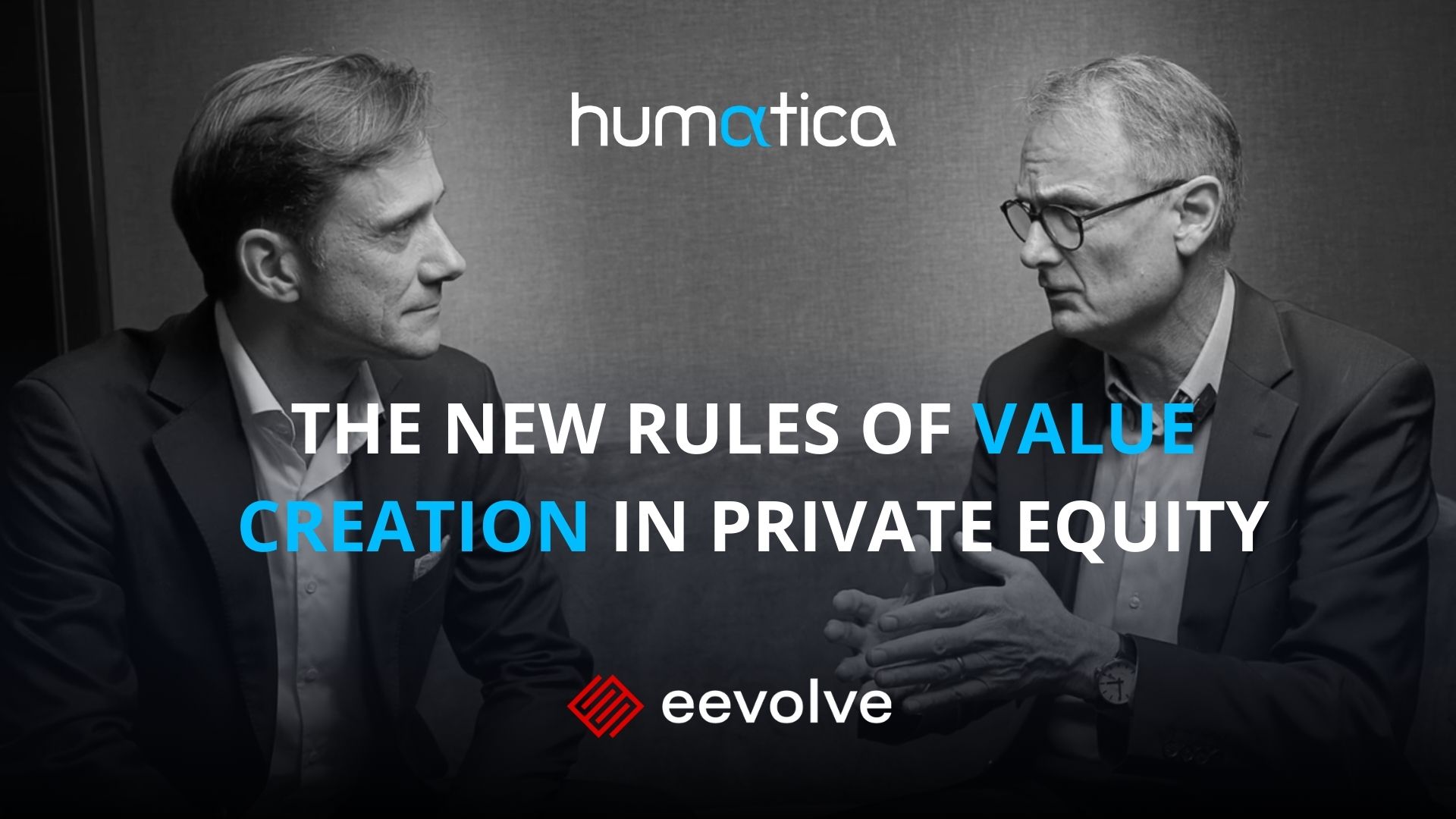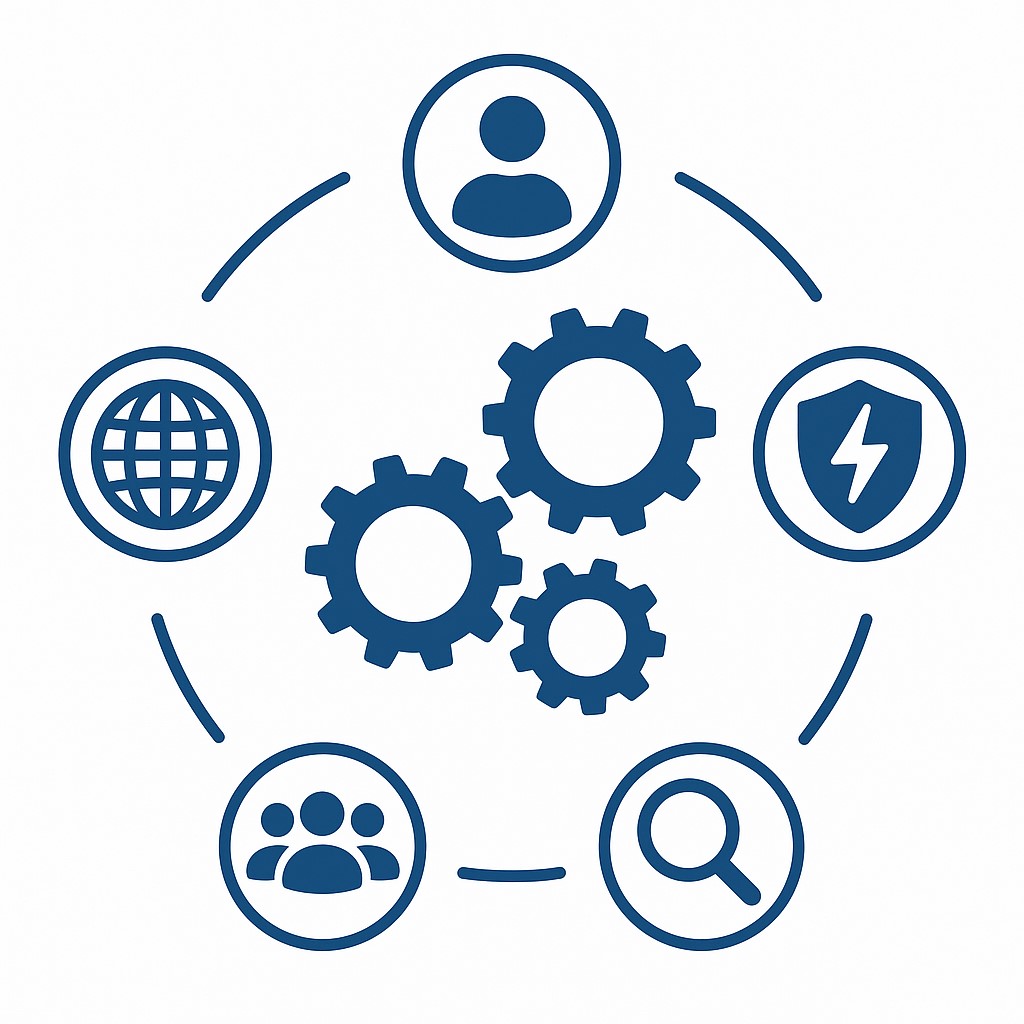
The Economics of AI Disruption
The story of AI is not about tools — it’s about economics. AI collapses interface costs, compresses overhead, and enables extraordinary capital efficiency. For investors, this means new benchmarks for revenue per employee, margins, and scalability. For CEOs, it demands structural choices: rewire how work is organized, simplify layers, and re-architect execution before leaner competitors outpace you.
Every previous technological shift resets how businesses create value. Steam, electricity, the internet—all “General Purpose Technologies” that redefined business models. Generative AI is the next wave, but this time the impact is faster and sharper. The core question: can your business model capture the new economies of operating leverage, or will legacy operating models weigh it down?
From Local Productivity to Business Model Transformation
AI tools already offer dramatic productivity gains at the individual level: faster drafting, real-time summarization, agile coding, and rapid data insight. Efficiency gains of 30-50% per person are significant. Yet productivity at the individual level doesn’t naturally scale across the enterprise. Without structural changes, these enhancements vanish in the noise of complex workflows and systemic frictions.
New entrants, New Economies
AI-native disruptors are building business models with operating leverage baked in from the start. They don’t retrofit legacy workflows—they leapfrog them entirely. This enables faster scaling, minimal overhead, and extraordinary capital efficiency:
For investors, these cases demonstrate how AI-native firms redefine the benchmarks for efficiency and scalability. For incumbents, the risk is stark: legacy overhead becomes unsustainable when competitors prove that billion-dollar businesses can be built with a fraction of the expense.
What future operating models may look like. AI is not just an efficiency tool—it is reshaping the economies of operating leverage:
Collapse of interface costs. Much of today’s organizational drag comes from handoffs—status meetings, documentation, translation between functions. AI can automate and coordinate workflows, reducing the friction at interfaces. The result: fewer delays and smoother collaboration between teams.
Decentralization of teams. When information retrieval, synthesis, and decision support are handled by AI, teams can operate more autonomously. Dependencies shrink, enabling smaller, mission-focused units with fewer centralized bottlenecks.
Flattened Structures. If AI manages reporting, task tracking, and knowledge flows, the rationale for management layers weakens. Expect flatter structures where leadership focuses on strategy, judgment, and culture, while AI handles coordination.
Dynamic resourcing. Instead of rigid headcount allocations, companies will deploy AI-augmented “pods” that scale up or down fluidly around demand. Think of a future where a product team flexes from three humans plus AI agents to five plus AI for a launch sprint—then back again.
Shift in value-creation roles. As AI commoditizes “connecting the dots,” human value tilts to framing the right questions, exercising judgment, and driving relationships. This will change how organizations define high-performance talent. For investors, these shifts reset expectations for capital efficiency and margin expansion. For CEOs, they redefine how organizations must be structured to unlock that leverage.
How firms are responding
We see four strategic responses:
1. End-to-end transformation (JPMorgan, PwC) – redesigning workflows and systems around AI at scale.
2. Incremental rollouts – function-by-function adoption, expanding successful pilots.
3. Targeted experimentation (Unilever, Novartis) – sector-specific innovation in niche, high-value use cases (product testing, drug discovery).
4. Monitoring and waiting – cautious players, who risk structural disadvantage as adoption accelerates.
For investors, these choices reveal ambition—or inertia—that will directly impact enterprise value. For CEOs, they signal the urgency to act decisively rather than cautiously.
Investor & CEO Lens: Key Questions on Operating Leverage
Investors and CEOs alike must ask: how does AI reshape the business model’s operating leverage, and can the operating model deliver it?
For Investors (business model focus):
How much is SG&A and middle-management cost defensible in an AI-enabled economy? Where is embedded drag inflating overhead?
For CEOs (operating model focus):
Where can AI collapse interface costs across workflows and functions?
The Imperative: Act Before Value Erodes
AI is collapsing the old cost structures that underpinned legacy business models. New entrants are proving that billion-dollar valuations can be achieved with headcounts that fit in a coffee shop. Incumbents who delay risk valuation compression as competitors scale faster with radically leaner models.
For investors: This is a due diligence and monitoring priority. EBITDA uplift, margin expansion, and valuation premiums will accrue to those who can rewire the business model for AI-enabled operating leverage.
For CEOs: This is an execution priority. Local productivity wins are not enough; companies must re-architect how value is created and delivered.
The winners will be those who move now: translating AI’s potential into new economies of operating leverage that resets the benchmarks for capital efficiency and scale.

In today’s private equity landscape, the classic levers of value creation are no longer enough. As markets evolve and competition intensifies, governance is emerging…
Read more
Measuring organizational performance is difficult, especially in a way that is both systematic and genuinely useful for decision-making. In a recent Alpha Talks conversation, Ueli…
Read more
Unpacking the root causes behind underperformance and how to resolve them It’s a familiar scene: Over dinner, a client lamenting inconsistent results across their portfolio…
Read moreErhalten Sie jeden Monat Neuigkeiten und wertvolle Perspektiven zu Themen der organisatorischen Effektivität